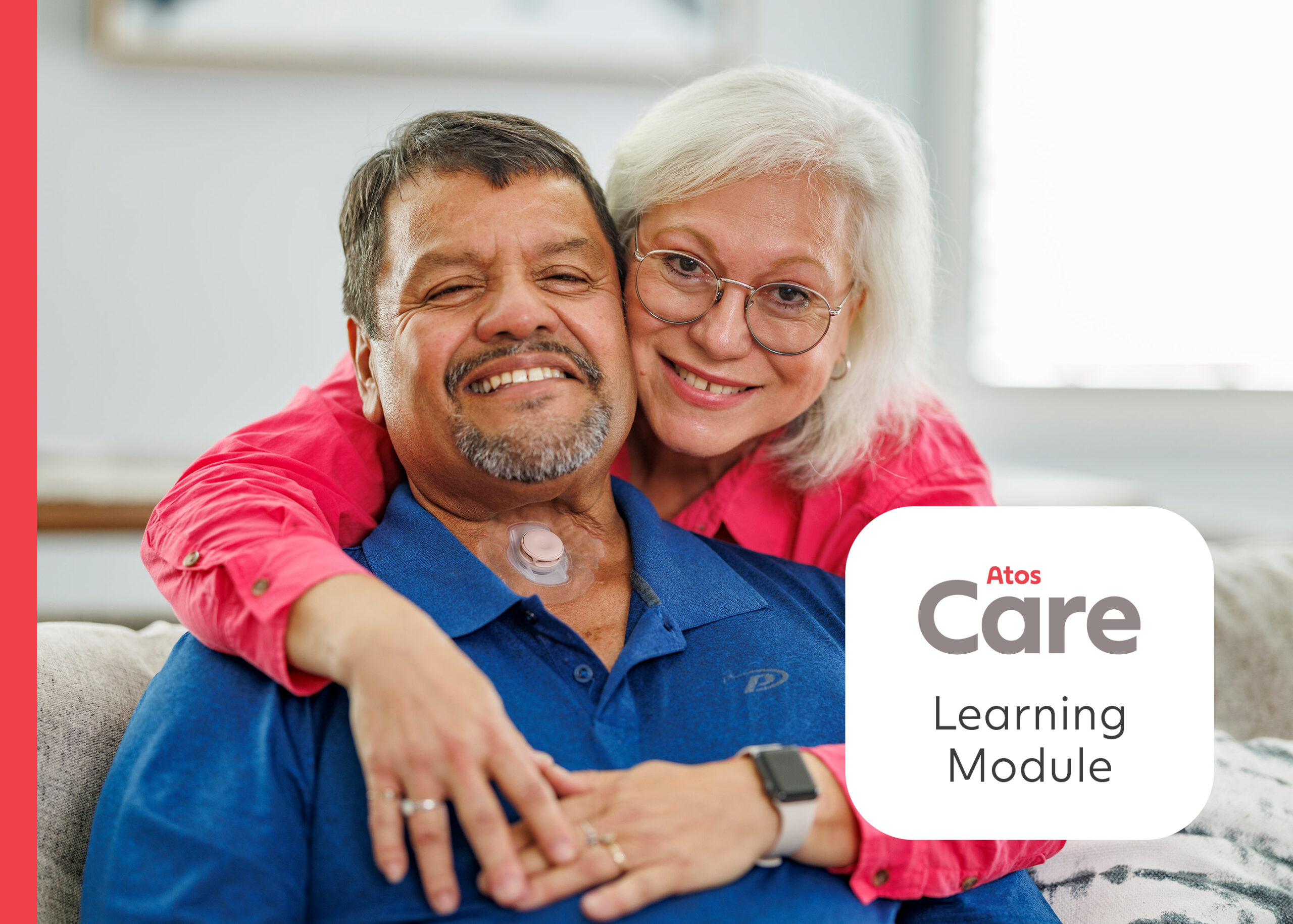Online Learning: The Importance of a Night Routine
Join us for this essential online learning course focused on improving sleep quality for individuals living with a neck stoma. Learn about the importance of establishing a consistent night routine using Heat and Moisture Exchangers (HMEs) to:
- Enhance pulmonary health
- Reduce sleep disruptions

This session will provide practical tips for creating a healthy sleep environment and explain the use of HMEs day and night.
Course length: 7 minutes
Register now to learn how to optimize your day and night routine.
Register now to join
Please submit the form below to access the learning module. You will receive an email with direct access to the course.
*required fields
This site is protected by reCAPTCHA and the Google Privacy Policy and Terms of Service apply.
The Importance of a Night Routine: Key Learnings from This Course
Chapter 1: Why is a Night Routine Crucial for Individuals with a Neck Stoma?
In this online learning module, you will learn how a good night’s sleep is vital for overall health, and how that can be a challenge for those living with a neck stoma. This chapter explains the significance of maintaining a consistent night routine for individuals who have undergone a total laryngectomy. You’ll learn how the use of Heat and Moisture Exchangers (HMEs) throughout the day and night can help in managing pulmonary symptoms.
Chapter 2: How Does Breathing Change After a Total Laryngectomy?
Breathing through a stoma alters the natural process of humidifying, heating, and filtering the air, which was previously done by the nose. This chapter dives into the respiratory changes that occur post-laryngectomy and the importance of using HMEs to mimic these lost functions. You’ll gain insights into how these changes can affect your sleep.
Chapter 3: What Role Do HMEs Play in Improving Sleep?
One of the key topics of this webinar is understanding how HMEs can improve sleep quality by reducing nighttime disturbances such as coughing. This section will explore the latest research on pulmonary symptoms by using HMEs both during the day and night.
Chapter 4: How Can You Establish a Healthy Sleep Routine?
A healthy sleep routine goes beyond just using the right HME. In this chapter, we offer some practical tips for an optimal sleep environment.
Chapter 5: What Are the Best Practices for Using HMEs During the Night?
This section will guide you through the best practices for night-time HME use, emphasizing the importance of adhering to a day-and-night regimen.
Chapter 6: Choose the Adhesive That Suits You and Your Skin
In this chapter, we cover the different types of adhesives available. Whether you have sensitive skin or speak hands-free, you can find information on the various adhesives for different situations, skin types, and stoma contours.
Chapter 7: What Should You Do If You Encounter Sleep Issues?
Despite following best practices, sleep issues can still arise. This final chapter emphasizes the importance of consulting with your clinician if you encounter any difficulties related to sleep or HME use.
Share
Save to my content
